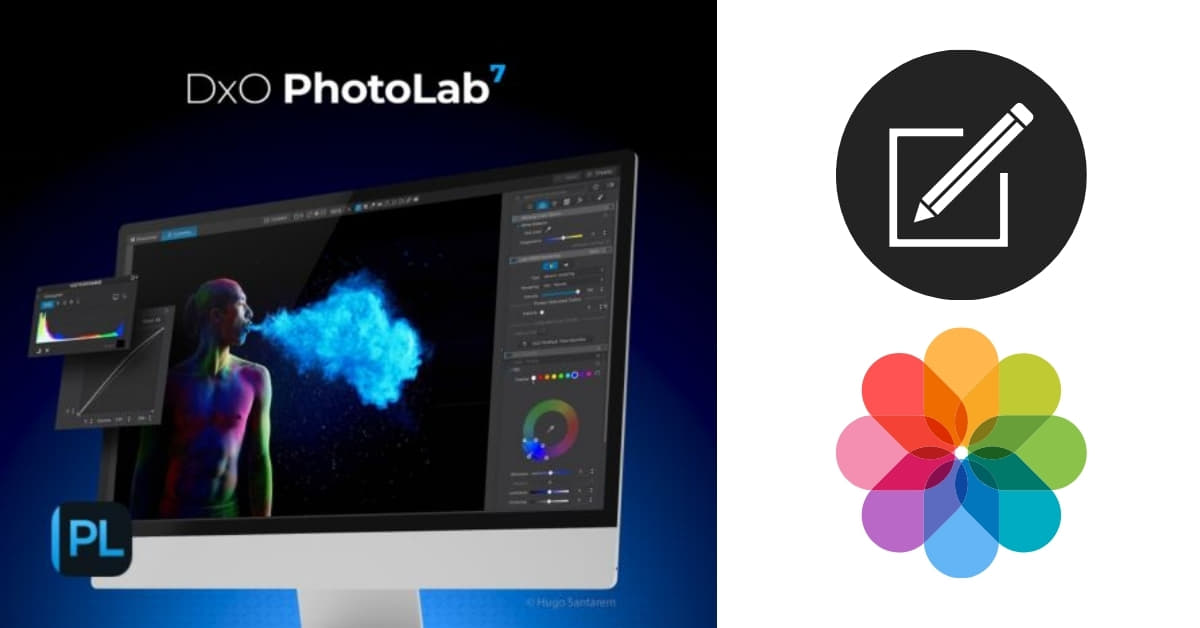In the ever-evolving world of digital photography, the role of robust digital photo software cannot be overstated. As technology continues to advance, photographers and enthusiasts alike are constantly seeking tools that enhance their creative process, streamline workflows, and bring out the best in their captured moments. In this article, we’ll explore the key features and benefits of digital photo software, guiding you through the vast landscape of options available.
Understanding Digital Photo Software
Digital photo software encompasses a broad spectrum of applications designed to enhance, edit, and organize digital images. These tools cater to a wide range of users, from amateur photographers to professionals, offering functionalities that go beyond basic photo editing. Let’s delve into the essential aspects that make these software solutions indispensable:
- Editing Capabilities:
Digital photo software provides a plethora of editing features, allowing users to enhance color, adjust exposure, crop, and apply various filters. Whether you’re correcting imperfections or adding creative effects, these tools empower you to transform your images. - Organization and Management:
Efficient organization is key to managing a growing collection of digital photos. Software in this category often includes advanced organizational features such as tagging, categorization, and metadata management, ensuring that finding the right photo is a breeze. - RAW Image Support:
For photographers who prefer shooting in RAW format, digital photo software provides robust support. This allows for greater flexibility and control over image processing, preserving the maximum amount of detail and quality. - Batch Processing:
Time-saving is a priority for many photographers. Digital photo software often includes batch processing capabilities, enabling users to apply edits or adjustments to multiple photos simultaneously. - User-Friendly Interface:
A well-designed, user-friendly interface is crucial for an enjoyable editing experience. Digital photo software strives to provide an intuitive environment, making it accessible for both beginners and seasoned professionals. - Integration with Cloud Services:
With the increasing reliance on cloud storage, many digital photo software solutions offer seamless integration with popular services. This ensures that your photos are easily accessible and backed up securely.
FAQs
What is the best digital photo software for beginners?
For beginners, user-friendly options like Adobe Lightroom or Google Photos are recommended. These tools offer a range of features without overwhelming users with complexity.
Can I use digital photo software on a mobile device?
Yes, many digital photo software solutions have mobile versions, providing on-the-go editing and management capabilities. Popular choices include Snapseed and Lightroom Mobile.
Are there free alternatives to premium digital photo software?
Absolutely! GIMP and Darktable are excellent free alternatives that offer powerful editing capabilities. They are open-source and accessible to users with varying skill levels.
How important is it to shoot in RAW format, and does all digital photo software support it?
Shooting in RAW preserves more image data, giving you greater flexibility in post-processing. Most professional-grade digital photo software supports RAW, including Adobe Lightroom, Capture One, and DxO PhotoLab.
Conclusion
Digital photo software has become an indispensable companion for photographers seeking to elevate their craft. From intuitive interfaces to advanced editing capabilities, these tools cater to a diverse range of needs. By understanding the features and benefits outlined in this guide, you can make an informed decision and unlock the full potential of your digital photography journey.
This page was last edited on 27 February 2024, at 6:08 pm
